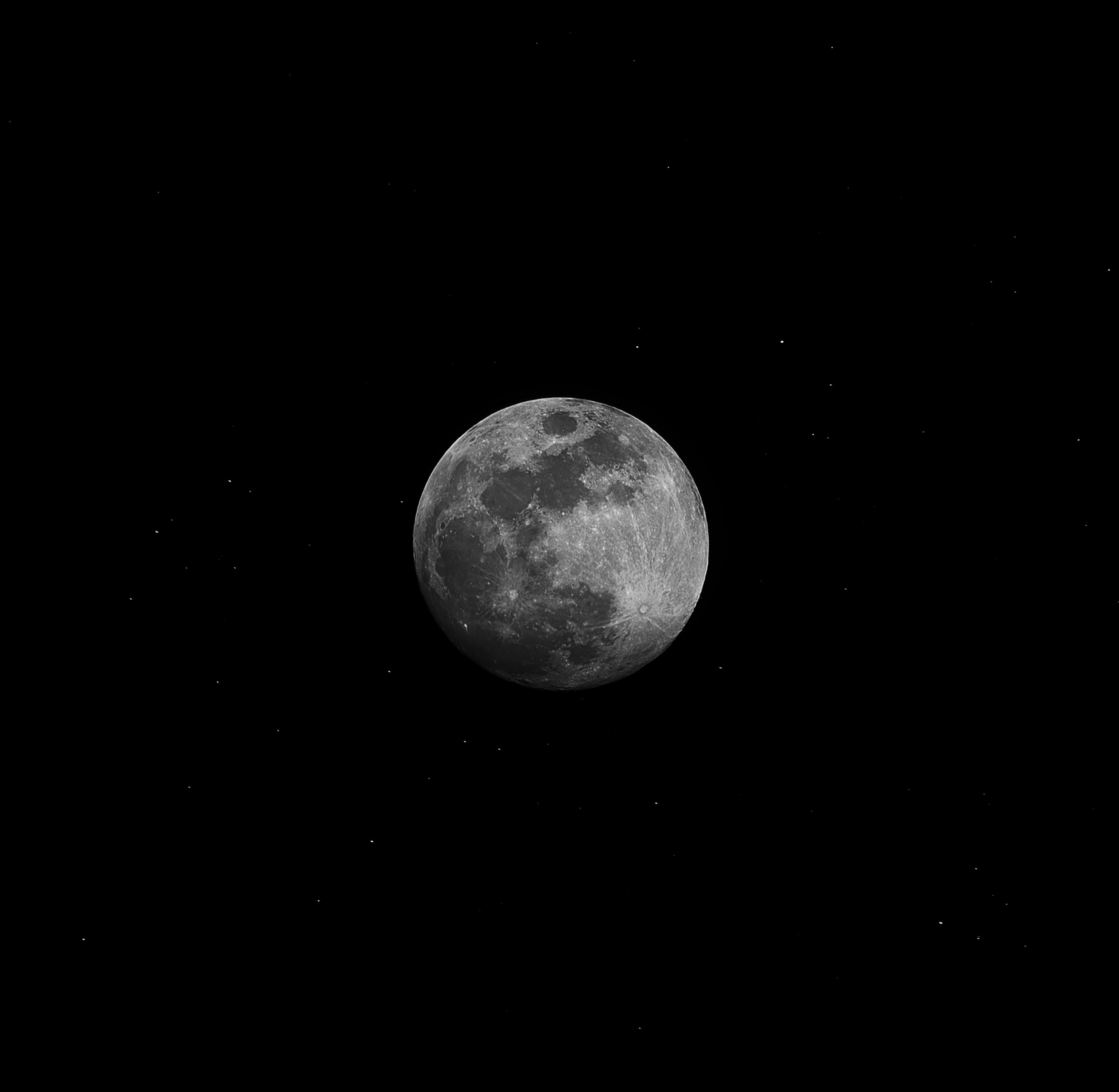Understanding Wildlife Solar Lunar Tables: A Comprehensive Guide
When it comes to observing and studying wildlife behavior, there are numerous factors that contribute to their patterns and movements. One important element that plays a significant role in wildlife activity is the alignment of solar and lunar cycles. By understanding and utilizing wildlife solar lunar tables, researchers, naturalists, and wildlife enthusiasts can gain valuable insights into the behavior and movements of various species. In this blog post, we will delve into the concept of wildlife solar lunar tables, explore their significance, and discuss how they can be used effectively in wildlife observation and research.
What are Wildlife Solar Lunar Tables?
Wildlife solar lunar tables are comprehensive charts that provide information about the rising and setting times of the sun and moon, as well as the phases of the moon, for a specific location and time period. These tables offer precise data regarding the sunrise, sunset, moonrise, moonset, moon phases, and moon illumination percentage. By tapping into this information, individuals can understand when and where specific wildlife activities are most likely to occur.
These tables are usually generated based on the principles of celestial mechanics and take into account factors such as latitude, longitude, and the time zone of the desired location. They allow wildlife enthusiasts to plan their observations and expeditions more effectively, increasing the chances of witnessing animals during their most active periods.
The Significance of Wildlife Solar Lunar Tables
The alignment of solar and lunar cycles has a profound impact on the behavior and activities of various wildlife species. Understanding these patterns can be immensely helpful in predicting and locating wildlife during specific times and seasons. Here are the key reasons why wildlife solar lunar tables are significant:
- Mating and Breeding Cycles: Many species, including mammals, birds, and reptiles, have mating seasons influenced by the solar and lunar cycles. By referring to wildlife solar lunar tables, researchers can pinpoint the optimal times to observe and study these mating behaviors.
- Migration Patterns: Certain animals migrate based on changes in day length and the position of the sun and moon. Wildlife solar lunar tables can provide crucial data on the timing and routes of these migrations, helping conservationists and researchers track and address potential threats faced by migratory species.
- Nocturnal Wildlife: Many species are primarily active during the night, relying on moonlight for hunting and other activities. Solar lunar tables can aid in identifying days with low moon illumination, making it easier to spot and study nocturnal animals.
- Feeding Habits: Solar lunar tables can provide insights into the feeding patterns of wildlife. Some species may be more active during specific phases of the moon, making it easier to track their movements and feeding locations.
- Hunting and Fishing: For outdoor enthusiasts, solar lunar tables can be incredibly useful when planning hunting and fishing trips. These tables can indicate the times when wildlife is most active, increasing the chances of a successful outing.
Utilizing Wildlife Solar Lunar Tables
To effectively utilize wildlife solar lunar tables, it’s essential to understand the information presented and interpret it correctly. Here are some tips to help you make the best use of this valuable tool:
- Choose the Right Table: Ensure that the solar lunar table you refer to is specific to your location or the area you intend to observe wildlife. Different tables are generated for each region due to variations in geographical coordinates and time zones.
- Identify Key Data Points: Focus on sunrise, sunset, moonrise, moonset, moon phases, and moon illumination percentage. These metrics will provide a comprehensive overview of the solar and lunar conditions during a particular time period.
- Consider Seasonal Differences: Wildlife behaviors change throughout the year due to seasonal variations. Take into account the specific season and the corresponding impact on animal activity.
- Combine with Other Factors: While wildlife solar lunar tables offer valuable insights, it’s important to factor in other variables such as weather conditions, temperature, and habitat specifics. Combine this information to enhance your observations.
- Keep Track of Patterns: Over time, observe and document wildlife behavior consistently. By studying the patterns that emerge, you can refine your understanding of animal activity and make more accurate predictions.
- Share Your Findings: If you are involved in wildlife research or conservation efforts, consider sharing your observations with relevant organizations or contributing to citizen science projects. Collaborative efforts can lead to more comprehensive data and a deeper understanding of wildlife behaviors.
In Closing
Wildlife solar lunar tables offer a window into the intricate relationship between solar and lunar cycles and animal behavior. By utilizing this valuable tool, researchers, naturalists, and wildlife enthusiasts can enhance their understanding and predictions of wildlife movements and activities. Whether you are a dedicated wildlife researcher or an outdoor enthusiast, integrating wildlife solar lunar tables into your observations and planning can greatly enhance your experience and contribute to a broader understanding of the natural world.
Table of Contents
